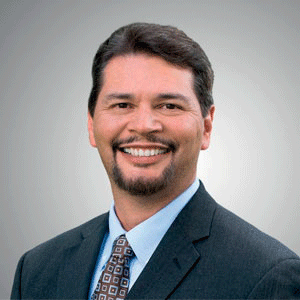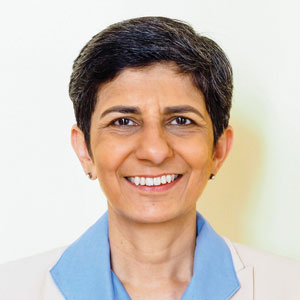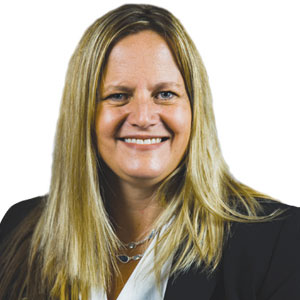THANK YOU FOR SUBSCRIBING
Editor's Pick (1 - 4 of 8)

Smart Buildings: Key Success Factors to Implementing technology in facilities management
Jared See, Technology Lead, C&W Services Singapore


Jared See, Technology Lead, C&W Services Singapore
This means a scalable structure for open protocols, standardized network availabilities, multi-tenancy, as well as the data access platform. Guidelines must also be designed to help building owners and managers manage tech spending while enabling seamlessly digital transformation.
Data sharing is critical in a “smart” environment. An effective framework seeks to find a way to bring all the different standards under one common unified and containerized platform and enables data scaling, security, availability, performance, and persistence. Data intelligence and analytics become the driving force for the value differentiators of facilities management services, delivering actionable, predictive insights and decision-making to key stakeholders.
In view of easily available data and increased connectivity of the digital mesh, the governance of cyber security and data protection must continue to evolve alongside smart FM technology implementation. Statista. com estimated that in the US alone the reported damage caused by cybercrime amounted to USD$1.4 billion in 2017.
The White Canvass Factor
While the US is focused on retrofitting existing buildings with new technology, China’s strategy is on constructing new buildings entirely, within which they can incorporate the latest technologies and innovative solutions. A “blank sheet” approach carries huge potential for the assimilation of next-generation digitalization. However, without the precedence of strategic assessment and effective guiding principles, the adoption of the latest innovative technology could be seen as sacrificing overall ROI for the sake of flashy digitalization.
The China Daily reported that China has already set a goal of 30 percent green buildings for new construction in 2020, together with big US firms developing new markets and segments there. This presents tremendous opportunities for adjacent FM solution providers to consolidate into a common delivery platform on the cloud or otherwise. The industries that support the operation of any real estate span the wide expanse of hard and soft services including security, cleaning, hygiene and safety products, energy efficient solutions, water management, storage, wellness and other occupier-focused services. These are converging into a unified smart FM solution that building owners have the flexibility to opt for.
As the demands for business diversity and operations’ experience evolve, new cutting-edge innovations like AI-based IoT sensors, Augmented and Mixed Reality (AR & VR), Near-field Communication (NFC), Big Data, Edge Computing & Analytics are rapidly expanding into the world of FM.
The wave of 5G deployment will likely be coming in 2019 and 2020, heralding a revolutionary network of faster connectivity, wider coverage, and responsiveness. The “millimeter wave” is expected to stabilize and gradually impact innovation patterns across buildings.
In addition to disrupting the conventional operational model of building, the ever-growing tech tsunami will continue accelerating the pace of digitalization for FM.
Key Outcomes
The quest for operations efficiency, energy optimization, and occupancy wellness is every smart building’s raison d’être. The execution of a strategic framework can help achieve these objectives as part of the smart FM journey. Furthermore, increasing levels of partnership within the world of FM solutions is further driving the overall effectiveness of portfolio maintenance and sustainability.
See More: Top Facility Management Companies
Check This Out: Top Modular Construction Consulting Services Companies
Without the precedence of strategic assessment and effective guiding principles, the adoption of the latest innovative technology could be seen as sacrificing overall roi for the sake of flashy digitalization












